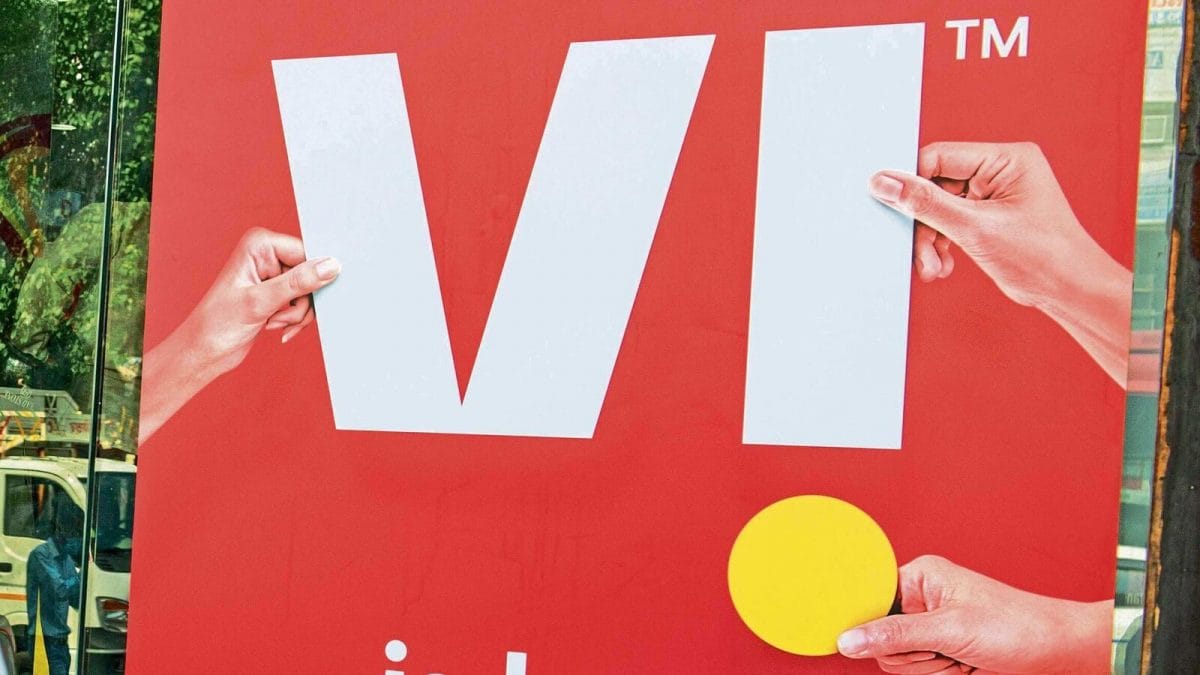Last Updated:
He lost Rs 50 lakh trading F&O but learned a lesson. Now his steady SIPs earn him Rs 40 lakh/month. Here’s how boring investing made him a millionaire

Gajendra Kothari’s philosophy is simple: do the boring work yourself, and let compounding do the heavy lifting. (News18)
Everyone makes mistakes in investing, but true wealth is built by learning from them. Investor Gajendra Kothari, who grew a portfolio worth Rs 60 crore in 15 years, exemplifies this journey.
From losing Rs 50 lakh in F&O trading during the 2008 crash to witnessing misselling in the mutual fund industry, his errors and insights hold lessons for ordinary investors.
Let’s explore his story, the mistakes he made, and how ‘boring work’ can turn you into a millionaire.
Early Career And Initial Mistakes
In 2004, Kothari joined UTI Mutual Fund with a salary of Rs 30,000 and little knowledge of mutual funds. He invested in ELSS purely for tax savings, unaware of the power of compounding.
Later, after moving to London and earning more, greed led him astray. During the 2008 global crash, he lost Rs 50 lakh, his two years’ savings, by day‑trading and leveraging futures and options.
As he puts it, “I thought the crash was temporary and the market would recover. But the losses kept piling up.” This mistake proved costly for him. Many retail investors, who trade occasionally, often make similar errors.
Observing Industry Misselling
Early in his career, Kothari also observed widespread mis-selling in the mutual fund sector. Misselling refers to selling schemes with misleading claims or misrepresenting the value of a policy.
Between 2004 and 2008, new fund offerings (NFOs) commonly carried 6 per cent expenses and 2.25 per cent distributor commission. Many people confuse stock IPOs with mutual fund NFOs. He recalls clients with investments worth crores who didn’t understand the implications. “I learned that people need simple advice,” he says.
When SEBI banned entry loads in 2009 and the industry was written off, Kothari launched Etica Wealth to provide straightforward, investor‑friendly guidance.
Navigating Market Volatility
Despite his growing experience, the market’s volatility still tested him. He began a SIP of Rs 10,000 in 2010. By 2020, amid the COVID crash, the return was only about 7 percent. Many expect far higher growth over a decade, so that result was painful.
But he continued with the SIP. In 15 years, his investment of Rs 18 lakh had grown to Rs 86 lakh.
The 2008 crash taught him that markets are cyclical and that volatility drives returns; if you bail out from fear, you lose.
The Power Of Automation
Kothari’s biggest lesson is automation. His SIP, started at Rs 10,000, compounded to Rs 41 lakh because he automated it. He says, “Whether the market was at 80,000 or 85,000, I didn’t bother. If I had done it manually, I would have missed it.”
Ninety percent of his wealth came through SIPs, because he is a “sleepy investor”. He avoids FDs, PPF, crypto, or direct stock speculations.
His philosophy is simple: do the boring work yourself, and let compounding do the heavy lifting.
September 30, 2025, 15:36 IST
Read More







